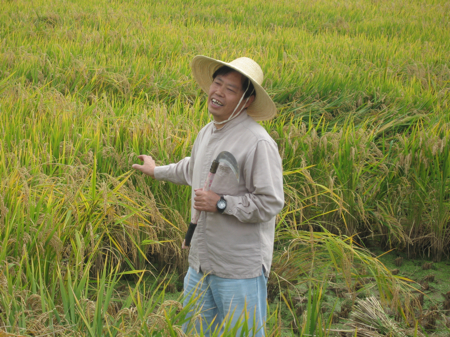The Garden Island News reports on a US$120,000 comprehensive study of coffee agroforestry that has just begun. The point seems to be to quantify the costs and benefits of growing coffee under an upper story of diverse forest trees. The article says that Pacific islanders traditionally grew crops in agroforestry systems, and that many are returning to similar practices. Benefits range from cooler air to fewer pests and diseases to greater resilience, all of which will be investigated.
The study will look at 12 existing shade-grown coffee orchards and compare them with five open-grown coffee orchards based on five key indicators: soil organic matter, major insect pests, yield and bean quality, production costs and market values, and environmental conditions such as shade levels, tree density and plant species present.
